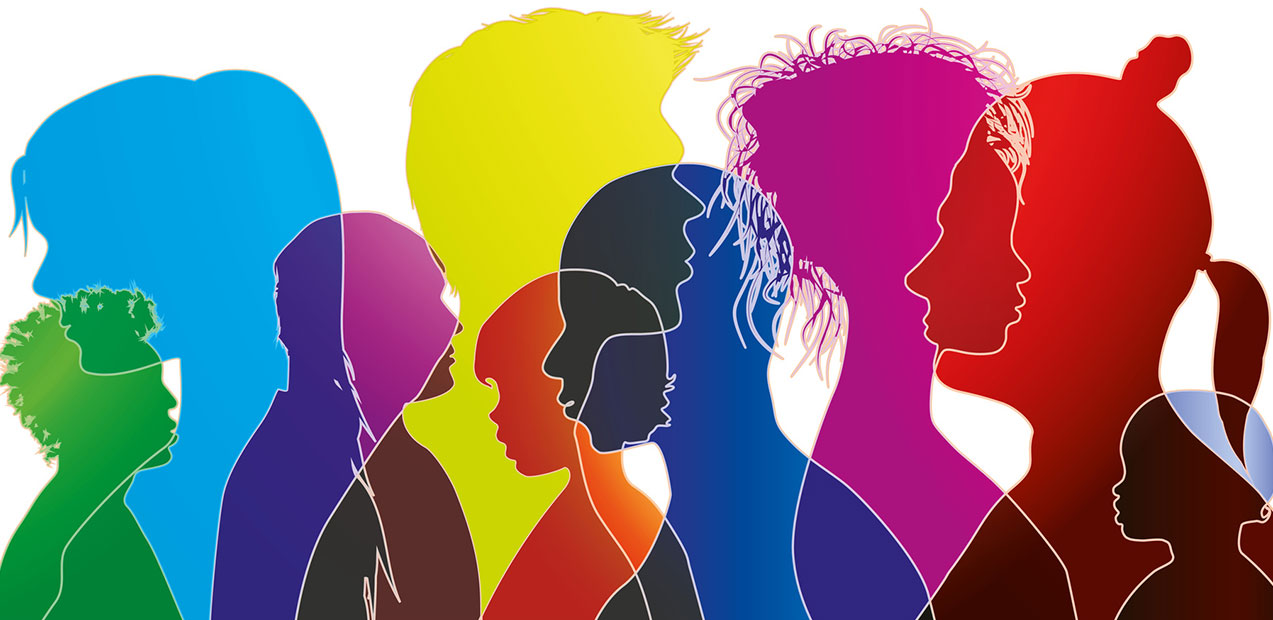Introduction – The Development Model of Intercultural Sensitivity
Back to: Intercultural Sensitivity

When interacting with people from different cultural backgrounds it is not sufficient to rely on cultural standards. Instead of building up boxes labelled „Europeans are …“, „Africans are …“, „People from muslim cultures are …“ it is essential to develop intercultural sensitivity.
What does that mean?
There are several definitions of the term „Cultural Sensitivity“. Here a definition that makes the meaning quite clear:
Cultural sensitivity is being aware that cultural differences and similarities between people exist without assigning them a value – positive or negative, better or worse, right or wrong. 1
When you own cultural sensitivity you are aware that people are not all the same. You recognise, moreover, that your culture is not more important or superior to other cultures. Cultural sensitivity implies that both groups understand and respect each other’s characteristics.
Practical Insights
We asked volunteers working in the field of migration, how they deal with intercultural sensitivity and what experiences they have made in this context. Watch now!
The American sociologist Milton Bennett developed a framework to understand the various stages of cultural sensitivity that a person may experience.
Milton Bennett (1986, 1993, 2004, 2013) made observations in academic and corporate settings about how people become more competent intercultural communicators. Using concepts of constructivist psychology and communication theory, he ordered the observations into positions along a continuum of increasing sensitivity towards cultural difference. Bennett assumed that as people perceive cultural difference in a more complex way, their experience of culture becomes more sophisticated. Their potential for acting in a competent way in intercultural settings increases. The DMIS continuum extends from ethnocentrism to ethnorelativism. In ethnocentric stages, the perception of the own culture is central and dominating. In ethnorelative stages, people recognise the own and other cultures as relative to the context. More or less familiarity with particular cultures does not determine one’s level of sensitivity, but Bennett assumes that a higher level of intercultural sensitivity can be trained and coached.2
Footnotes